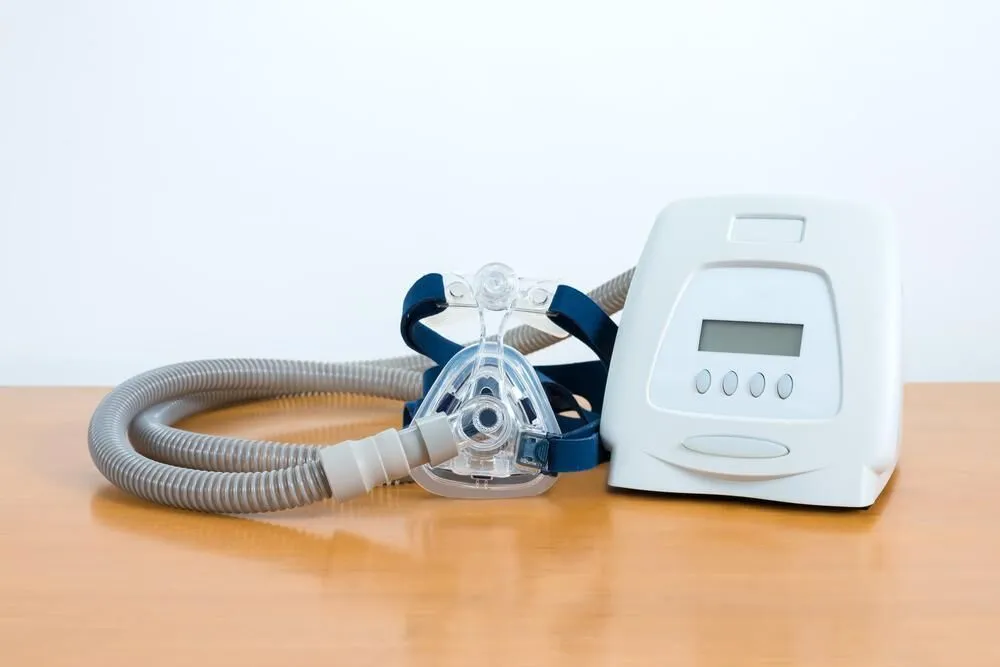
Introduction:
Positive Airway Pressure (PAP) therapy is a highly effective treatment for sleep apnea, delivering pressurized air through a mask to keep the airway open during sleep. By preventing airway collapse, PAP therapy improves sleep quality, reduces sleep apnea episodes, and relieves daytime fatigue. Available in various forms, including Continuous PAP (CPAP), Bi-Level PAP (BiPAP), and Automatic PAP (APAP), this non-invasive treatment has numerous benefits, including lowered blood pressure, reduced risk of cardiovascular disease, and improved cognitive function. With proper adjustment and mask fit, PAP therapy can significantly enhance quality of life for individuals with sleep apnea, allowing them to breathe easily and sleep soundly throughout the night. Regular monitoring and adjustments ensure optimal therapy effectiveness.
Types of PAP Therapy:
- Continuous Positive Airway Pressure (CPAP): Constant pressure throughout the breathing cycle.
- Bi-Level Positive Airway Pressure (BiPAP): Two pressure levels, higher during inhalation and lower during exhalation.
- Automatic Positive Airway Pressure (APAP): Adjusts pressure levels automatically based on breathing patterns.
How PAP Therapy Works:
- Air pressure prevents airway collapse.
- Maintains open airway, ensuring uninterrupted breathing.
- Relieves sleep apnea symptoms.
Benefits of PAP Therapy:
- Improves sleep quality.
- Reduces sleep apnea episodes.
- Relieves daytime fatigue.
- Lowers blood pressure.
- Reduces risk of cardiovascular disease.
- Improves cognitive function.
